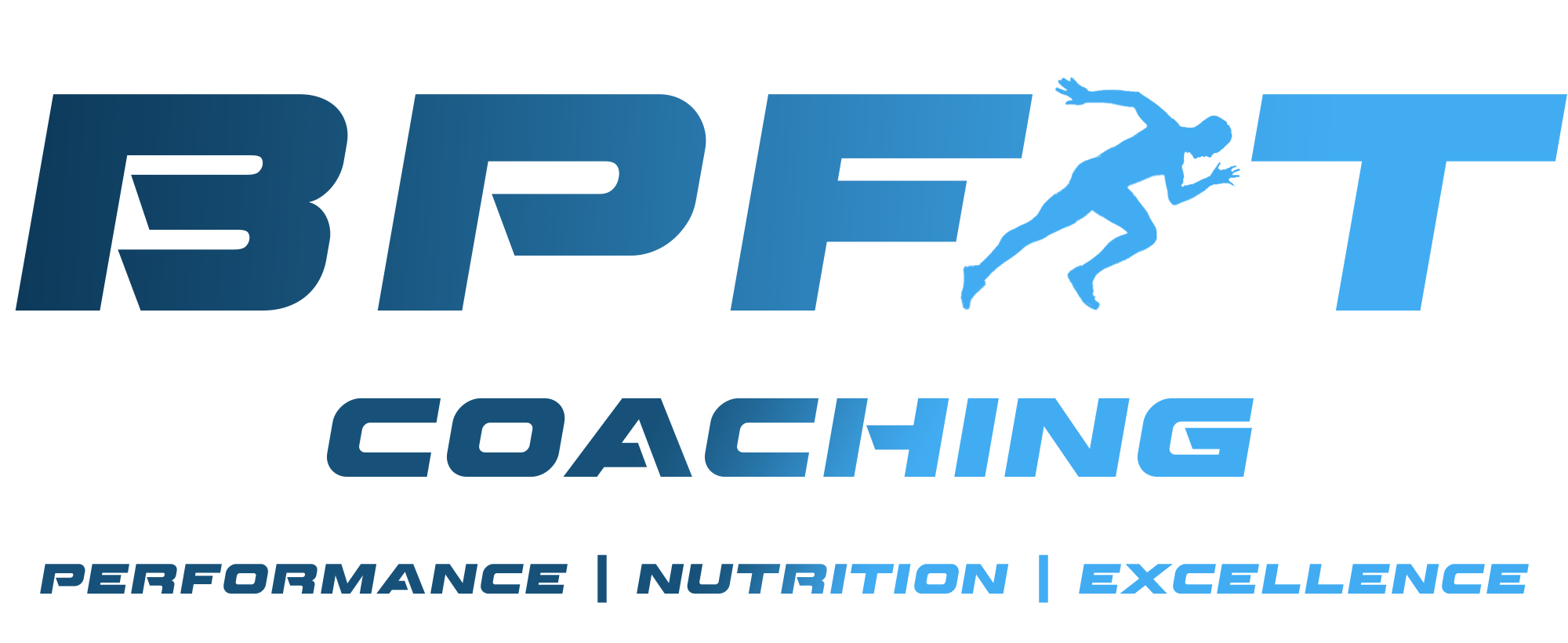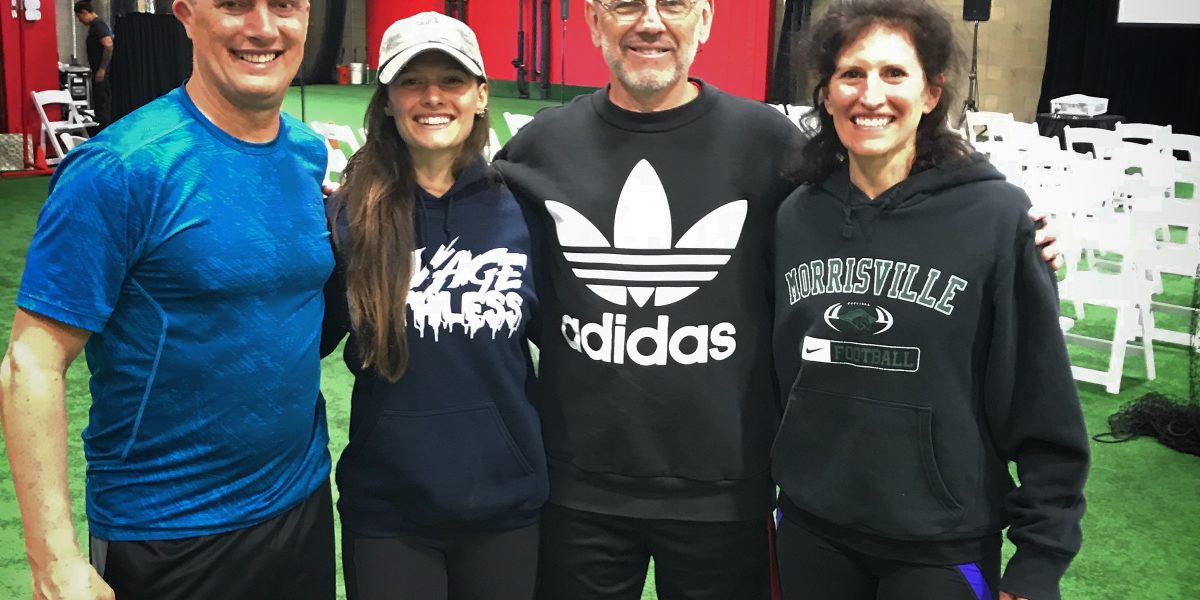As coaches we should think of ourselves as bucket fillers. “Fill empty buckets, don’t overflow full buckets. If the strength bucket is empty, fill it. If the conditioning bucket is full, leave it alone. Don’t complain about who filled it or how, just move to the next bucket.” Mike Boyle.
When thinking about training an athlete or client we need to look at movement, strength, power, and conditioning and how full are those buckets. If an athlete comes in with a shoulder mobility issue and as a coach we try and put strength on top of that dysfunction we will most likely end up with and injury. We first need to be able to “move well then move often”, says Gray Cook Physical Therapist and creator of Functional Movement Screen. When we get that shoulder moving better then we can load it and increase the strength. If we want to get that same athlete more powerful but they are unable to do a proper bodyweight squat, how will they be able to support themselves when doing a squat jump? We need to fill that strength bucket first in order to get them more powerful. If that athlete is spending 5-6 days per week conditioning there is no need to spend more time on that bucket, this could also lead to an overuse injury. It might not happen today or tomorrow but overtime and overfilling that conditioning bucket it will.
As coaches we need to think about what the client needs and what they want. Brendon Rearrick says “Give them what they want and sprinkle in what they need”, at the end of the day we also need to make people happy and keep them motivated. Our goals may be different from what their goal is but we want to keep them training and improving. We need to think about how much does each bucket need to be filled to meet their goals. Suppose we have a track and field athlete who wants to run faster but they are lacking in strength and power but do a lot of conditioning. We know as coaches that adding more conditioning to their program is not what they need. We need to add strength and power so they can be a more explosive and faster. The athlete on the other hand think they need to do more submax running, how do we keep them motivated and happy? We can give them a little conditioning at the end but make sure we are filling the strength and power buckets, when they start to see results, they will understand and they will be motivated to continue to work on those things. Commitment to the process and trust in the program will produce results.
As coaches, we have a responsibility to understand what will get a client or athlete to their goal. We need to have the tools in our tool box to get them there. We can’t just throw a bunch of exercises in a bucket pick them out and call it training. This type of training may leave an athlete/client dripping in sweat and feel like they had a good “workout” but at what cost? Take a look at what they actually need and some of what they want, have reasons for doing what you do and if you can’t explain why you are doing it then you probably shouldn’t be doing it.
References
https://www.strengthcoach.com/public/Filling-Buckets.cfm
https://cfsc.inspire360.com/content/5c4a44cb84f01e30468b45bc

